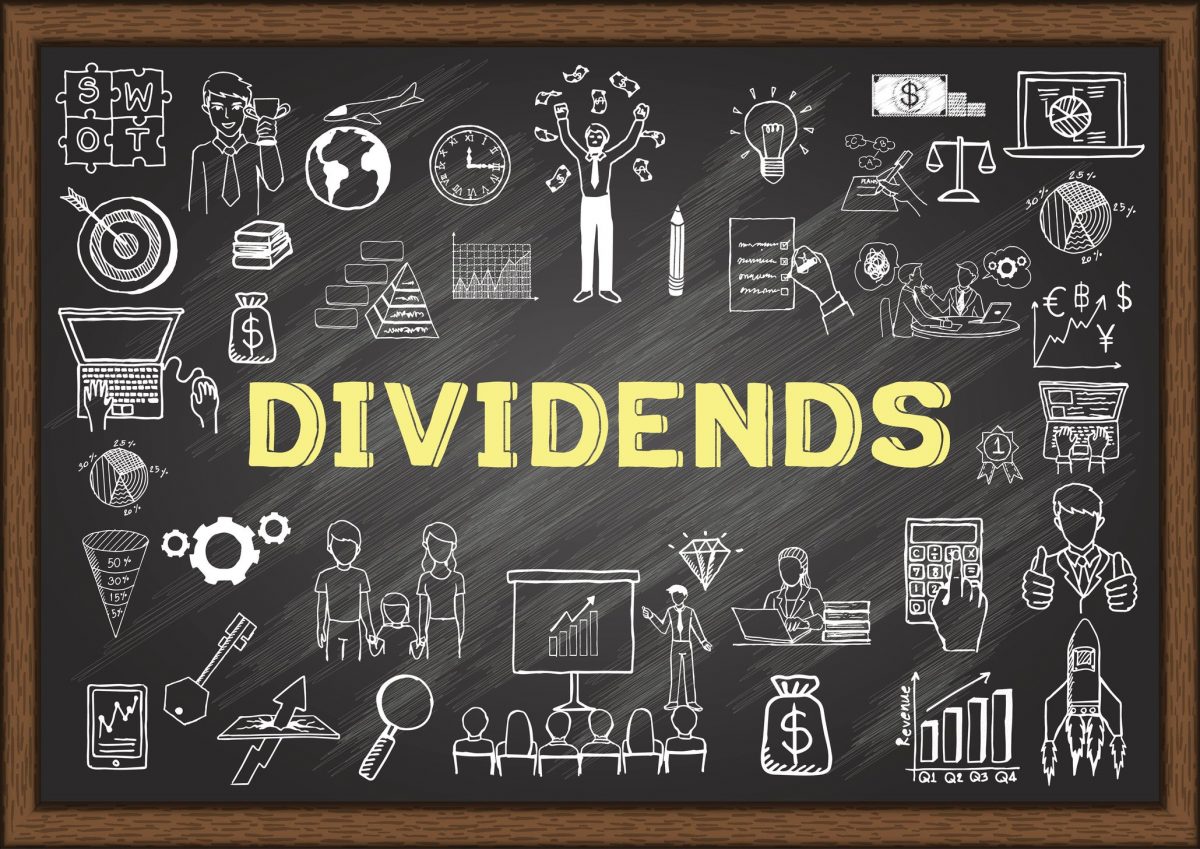Business Strategy and Outlook
Magellan is an active manager of listed equities and infrastructure. The firm has a fundamental, high-conviction investment approach. Its flagship Global strategy has historically tilted toward IT, e-commerce platforms, and consumer franchises; preferring large, developed market multinationals. FUM have been attracted by consistently achieving excess returns with lower volatility and drawdowns relative to peers.
Magellan’s products are well-distributed. Its funds are featured across platforms.There is a focus on targeting retail investors, with product expansion an increasingly common driver of growth. After pioneering the first active ETF in Australia in 2015, Magellan has worked on attracting new FUM via its partnership initiatives, launching its own low-cost active ETFs, and introducing a new equity fund that caters to retirees seeking predictable income.
Morningstar analysts think Magellan has built the foundations for ongoing earnings growth, supported by its economic moat, product variety, and historically strong track record. Regardless, the potential earnings upside from these positive traits will take time to manifest. In light of Magellan’s recent underperformance, Mornigstars analysts believe a sustained improved track record will be the precursor to stronger fund inflows.
Morningstar analysts anticipate fee margin compression from investors trading down from Magellan’s core funds in preference for its low-cost ETFs, mix shift to other asset classes, and industry wide fee pressure. Continued strong performance is key to sustaining margins, as future FUM growth is likely to hinge more on market movements rather than net inflows given Magellan’s maturity and scale.
Capable Hands Remain at the Helm of Magellan; Valuation Upside High as Shares Lose Steam
Magellan has historically delivered above market returns with relatively low drawdowns. This has allowed it to rapidly scale in FUM to over AUD 93 billion and provides the foundation for continued earnings growth. While Morningstar analysts don’t believe it will be immune from the structural trend of investors moving to passive investments, ongoing competition among fund managers and major institutions in-housing their asset management, and is better placed than most active managers to address these headwinds. Magellan is moving beyond just managing money, to implementing new initiatives such as product expansion to attract new money. Morningstar analysts believe shares are undervalued, but concur there are limited near-term earnings and share price catalysts due to recent underperformance.
Chairman and CIO Hamish Douglass’ indefinite leave from Magellan . But morningstar analysts don’t believe this is overly value-destructive for shareholders. In the interim, Chris Mackay and Nikki Thomas will work with Magellan’s investment team to manage its flagship Global Equity strategies. The strategies are in good hands. Mackay is Magellan’s co-founder, and was its chairman and CIO until 2012. Despite analysts’ conviction in Magellan, Morningstar’s analyst concern is not all investors may be willing to ride out this storm. Thus Morningstar analysts have lowered its fair value estimate to AUD 34.50 per share from AUD 38, after factoring in 3% more net outflows than before and further trimming our retail fee forecasts.
Financial Strength
Magellan is in sound financial health. The firm has a conservative balance sheet with no debt, with its financial position also boosted by solid operating cash flows. As of June 30, 2021, Magellan had cash and equivalents of about AUD 212 million and financial investments with a net fair value of around AUD 453 million mainly invested in its own unlisted funds and listed shares. This should provide it with enough liquidity to cope with most market conditions. Its high dividend payout ratio of: (1) 90%-95% of the net profit after tax of its core funds management business before performance fees; and (2) annual performance fee dividend in the range of 90%-95% of net crystallised performance fees after tax reflects the capital-light nature of asset management.
Bulls Say
- Magellan retains an intangible brand, supported by historically strong performance, which it has leveraged to hold on to client funds, attract new money and charge premium fees.
- Due to structural market trends and product expansion initiatives, the prospects for organic FUM growth is strong, notably from investors seeking to diversify exposure to international equities or gain a steady retirement income stream.
- Aside from domestic tailwinds from superannuation, Magellan’s distribution relationships in the much larger offshore markets of the U.K. and the U.S. should support growth.
Company Profile
Magellan Financial Group is an Australia-based niche funds manager. Established in 2006, the firm specialises in the management of equity and infrastructure funds for domestic retail and institutional investors. Magellan has been particularly successful in winning mandates from global institutional investors. Current FUM is split across global equities, infrastructure and Australian equities.
(Source: Morningstar)
General Advice Warning
Any advice/ information provided is general in nature only and does not take into account the personal financial situation, objectives or needs of any particular person.









